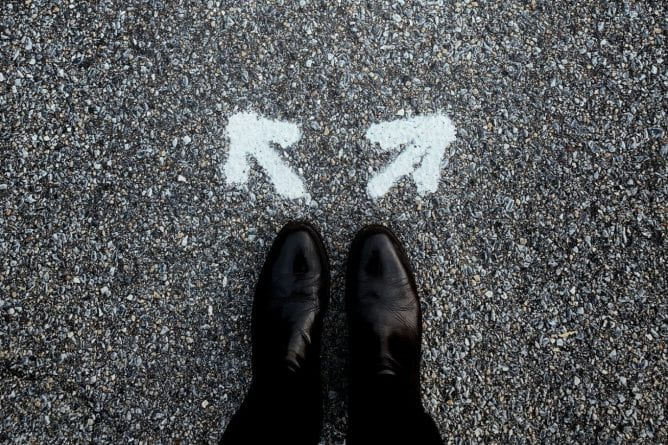Category: CATL Blog Posts
-

What to Do with Student Evaluation Feedback
By
|
The student evaluation of teaching process can produce anxiety in instructors at all career stages. No matter how confident you are in your teaching, being evaluated can feel as though your teaching style, pedagogy, and even personality are being put under a microscope. Turning this anxiety into a productive process for your class can be…
-

Writing Effective Multiple-Choice Questions
By
|
What does a “good” multiple-choice question look like? What aspects influence a multiple-choice assessment’s reliability and validity in terms of assessing target learning outcomes? Although the answers to these questions may vary depending on who you ask, there are common themes that emerge when you look at recommendations from assessment experts. Check out these seven…
-
Sandbox Courses: A Time-Saving Tool for Course Design and Collaboration
By
|
The University of Wisconsin – Green Bay uses Canvas as its Learning Management System (LMS). When instructors participate in professional development opportunities offered by the Center for the Advancement of Teaching and Learning (CATL), they often encounter information about creating a Canvas Sandbox course. But what exactly is a sandbox course? This blog post will…
-

Why Didn’t Anyone Do Today’s Reading? – Engaging Students by Building Relationships
By
|
Article by Pamela Rivers The semester is well under way. Your students have taken their first exam. Some are active and excelling. Others have stopped coming to class or are not completing the assigned readings. Welcome to the end of September. Maybe you thought this time it wouldn’t happen. Everyone was eager and excited and…


